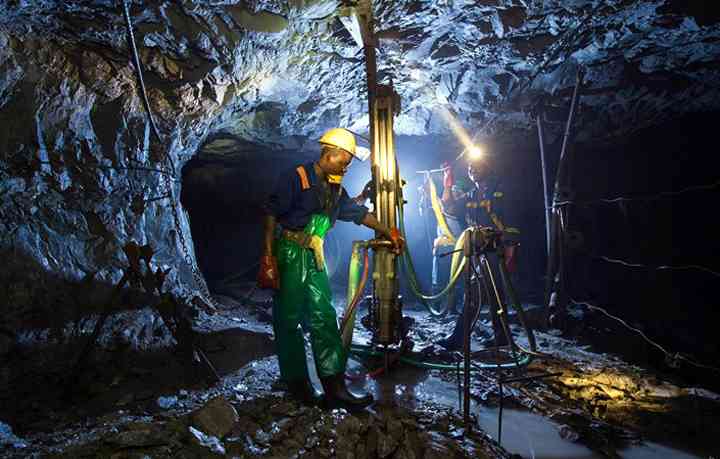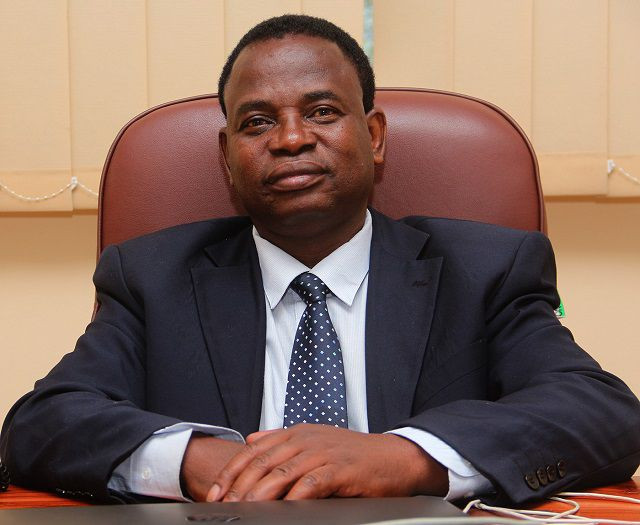
IN 2021, Zimbabwe pledged to have cut the country’s carbon emissions by 40% by 2050.
For, the country’s energy-intensive mining industry, the question arose: Will miners make such a just transition to greener energy?
This comes as available data from the US Department of Energy, Australian Department of Industry, McKinsey and Deloitte shows varying degrees of energy usage in mining operations.
For gold mining, small/medium operations usually require 5 megawatts (MW) to 15MW, while large-scale operations can require up to 100MW.
Regarding coal, small-scale mines can require anywhere from 1MW to 10MW for basic operations, with larger mines needing between 20MW and 50MW, especially when processing facilities are included.
In precious gem mining, energy usage typically ranges from 5MW to 20MW, though some large operations with heavy processing requirements may need up to 50MW.
For precious minerals and base metals, typical energy usage is about 10MW to 50MW, although demand can peak at over 100MW larger sites with smelting.
Typically, open-pit mines often require higher energy for transportation (for example large trucks, conveyor belts) and processing, whereas underground mining operations use substantial energy for ventilation, cooling and underground equipment.
- Can African mining ever be sustainable?
- Can African mining ever be sustainable?
- Letters: Educate us about sanctions
- ‘Mining sector to miss US$12bn target’
Keep Reading
The breakdown of energy types in mining is mainly diesel and electricity. Diesel for heavy machinery and electricity consumption for crushing, grinding and processing ore as well as for ventilation, specifically, for underground mines.
With such huge energy demands, is it possible for Zimbabwe to abandon coal mining, which is now the biggest local source for energy generation?
According to the Global Energy Monitor, Zimbabwe has more than tripled its share of the total coal capacity under development globally, ranking fifth as of June 2024.
The country has 7,4 gigawatt capacity in pre-construction and construction and has continued to propose new coal projects mainly funded by China.
The reliance on coal is seen in that Zimbabwe is currently generating about 200MW from its hydropower energy and about 1000MW from thermal power stations, according to latest data from the Zimbabwe Power Company (ZPC).
This is a result of climate change negatively affecting hydropower generation and foreign currency shortage hampering the country’s ability to transition from thermal energy production.
Zimbabwe currently has an energy deficit of between 1 600MW and 1 800MW which would be higher without coal as fuel for thermal energy.
Yet, room for renewable energy generation remains as the ZPC reports that independent power producers are just contributing up to 50MW in power, five years after the National Renewable Energy Policy was launched by the Ministry of Energy and Power Development.
The policy espoused an installed renewable energy capacity of 1 100MW, excluding large hydro, by next year. The policy went further to aim for 2 100MW in renewable energy generation by 2030.
Renewable energy can generate up to 1 872MW worth of power, of which 600MW would come from solar, geothermal (50MW), biomass (1 000MW), small hydro (120MW) and wind (100MW), according to the Zimbabwe Energy Council.
Energy transtion requires miners to make necessary steps toward clean energy. Turk Mine in Bubi district Matebeleland North Province, is using clean energy sources.
Built on a former dumpsite, the miner created a 3,6-hectare solar plant facility that has 8 064 solar panels, 36 inverters and four transformers that not only power mining operations but also benefit nearby communities.
Solar panels are set approximately 1 metre above the ground, supported by four-12 kilogramme bricks for stability.
The plant generates 4,4MW using a cost-cutting model of US$2,1 million, against a typical cost of US$20 million.
As repurposed land, the solar plant prevents hazardous waste from contaminating the Mbembesi River, showcasing a model of environmental responsibility.
“When the engineers came in, it was done very fast because we chose a very cheap model of setting up the plant. Despite this kind of set-up, whatever we are producing here is enough to run our mine and even share with our surrounding areas,” the mine’s safety, health, environment and quality officer Taurai Danda told NewsDay Business.
“We did calculations as environmentalists, and we have been able to prove that with the 4,4MW that we are producing here, we could save millions of litres of water that we were supposed to use to generate this 4,4MW and avoid burning coal which is harmful to the environment.”
Danda emphasised the importance of reducing fossil emissions in the long run.
According to the Zimbabwe Energy Regulatory Authority, the country has impressive solar potential, with high radiation levels averaging 20 MJ per square metre and over 3 000 hours of sunshine annually.
“4,4MW is generated and fed into the grid and the plant is run by the energy from the solar generation plant during the day,” Danda said.
“According to our calculations, 5 453 000 kg/year of coal use has been avoided since we began, 116,8 million of water we saved and to top it off the energy is clean.”
During COP29, it was declared that countries must accelerate the equitable phase-out of fossil fuels to achieve net zero by 2050 or sooner and transition to renewable energy.
Urgent calls were made to prioritise renewable energy investment in emerging and developing economies.
“Everything that we inherited has been left for years. Over the years, this dumpsite was being washed away by rain, and all that was washed away was going downstream into the Mbembesi River, putting both humans and animals at risk,” Danda said.
“So, when we decided to be responsible enough to manage our environment, we had to target this area and we had to reclaim the solid waste.”
He said the aim was to take an environment-friendly route to attain the success of the solar project.
“We strategically decided not to put this project on virgin land, which would result in us cutting down trees to clear the land, hence why we targeted this area now, which was already a monument to us. For us, the drive is now to turn the wasteland into a green energy zone,” Danda said.
“This was a positive move, to turn history around in terms of our environmental roles, where we have to be responsible enough and manage the environmental issues around us. So, this is a positive approach where we now look into green energy as the best source that we can use in terms of supporting production, in terms of maintaining our environment and also sustainable reliance on natural power, which is solar.”
The mine is set to expand its solar plant to produce an additional 1,4MW.
Turk Mine produces gold.
The mine’s engineer Wilson Mujuru said the company was also exploring expansion plans and opportunities for power storage solutions.
“We are planning to expand to that other side. Our solar plant showcases the potential for renewable energy in Zimbabwe. We are exploring expansion plans and opportunities for energy storage solutions to further optimise our operations,” he said.
“If you checked, there is another area that has been cleared; that is where we are going to grow. We need to do an additional 1,5MW, which we will share the generated power outside the space we are covering right now.”
As Zimbabwe taps into the limitless potential of the sun, a brighter future beckons, as transitioning to renewable energy for mining will go a long way in helping the country cut its emissions ac--cording to energy experts.










